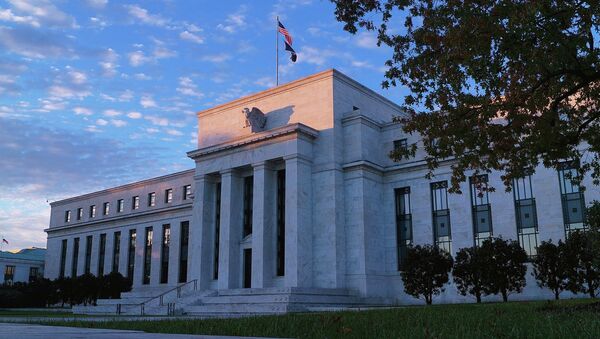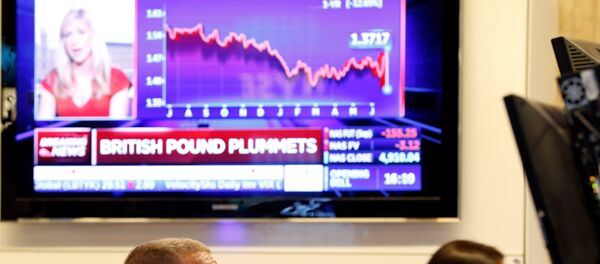Kristian Rouz — US consumer spending in the retail segment of the market accelerated in June, exceeding earlier predictions amid solid job creation, spurring inflation accordingly and suggesting slightly improved 2Q16 GDP dynamics. Yet, as wage stickiness lingers, the gains in core prices index are still insufficient to ensure an aversion of the looming recession. A previous downward revision of retail performance expectations for June also contributed to excessive optimism in the markets, pushing stocks higher and thus exacerbating the discrepancy between growth in real economy and gains in financial assets.
Annualized retail sales gained 2.7 percent, however, automobile sales were flat in June, at 0.1 percent after a half-percent decline the previous month, whilst apparel sales declined by 1.0 percent in June, somewhat made up for by solid gains in construction materials sales (+3.9 percent). US construction is doing relatively well amidst a solid demand for properties boosted by the still loose monetary conditions and hence available credit.
"The Fed will welcome the continued strength in consumer spending and the latest positive jobs report, but it's clearly in zero rush to tighten policy," Sal Guatieri of Toronto-based BMO Capital Markets said. "These two reports might increase the odds of a September rate increase at the margin."
Nonetheless, the annualized dynamics in retail sales suggest little encouragement. Compared to the post-2009 gains in retail performance, having hit as high as 8 percent year-on-year in late 2011, and 5 percent in mid-2014, at this point retail sales are balancing on the brink of the recessionary cycle.
"We're starting to see upward pressure on the inflation numbers," Jim O'Sullivan of High Frequency Economics Ltd. said. "It reinforces the case for the Fed to resume tightening, though they're highly risk averse right now."
"CPI would accelerate to 3.5% yoy under our bull case, and rise to 1.6% under our bear case. Supportive base effects are a key driver. It is only under an extreme bear case (year-end wholesale gasoline price of $0.88/gallon, or retail at $1.58/gallon), that we would see CPI inflation flatten out at 1.1%, all else equal," BofA said in a note.
In a separate report on Friday, the Labor Department said consumer prices gained 0.2 percent in June.
"There's a bit more confidence about job security, there's a bit more confidence about where things are headed in terms of wages and the economy. All of that is combining to give us the rebound we're seeing in retail sales," Omar Sharif of Societe Generale's New York branch said.
In a yet another report, the Federal Reserve said industrial production rose 0.6 percent in June after a 0.2 percent advance the previous month. US manufacturing advanced to the rising car assembly, whilst utilities and mining sector also posted gains, 2.4 and 0.2 percent, respectively. Such developments suggest an optimistic outlook for the job market, yet, the dismal gains in wages are becoming a major concern, holding back inflation and growth.





